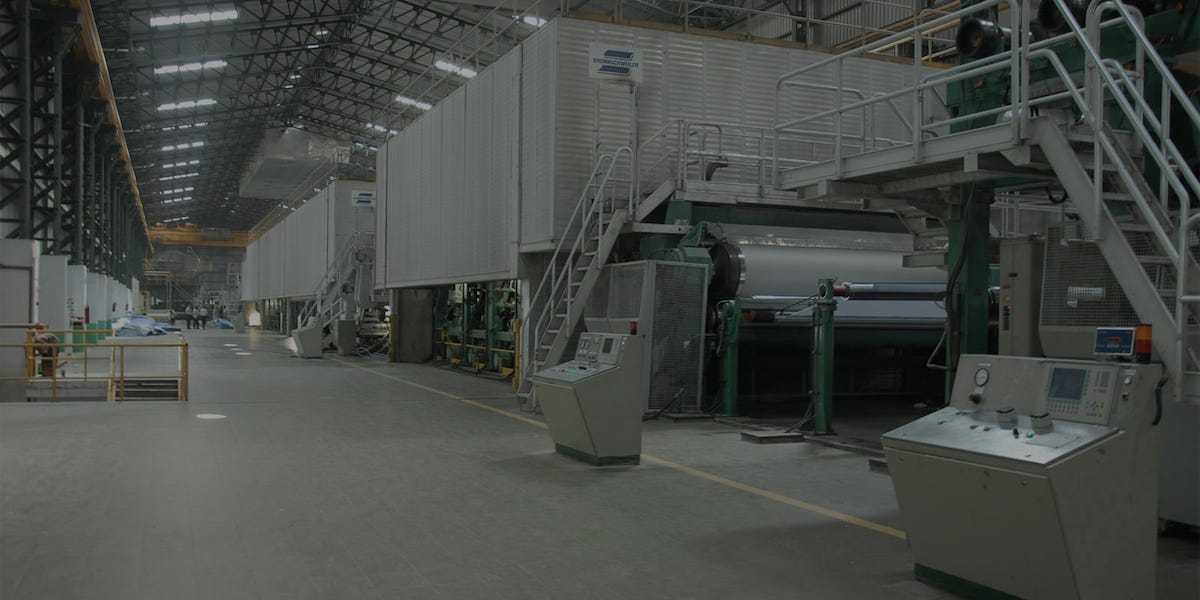When in doubt, how do product teams make business-critical decisions? Brainstorming, whiteboard sharing, and references to metrics are part of the process but what actually guides our decision-making in the challenging times?
We might have a north star metric and it must be working well. However, there might be times when a leap towards our north star is challenging. There are doubts and constraints. Brian Balfour shares his thoughts that even the north star metric can be misleading (see Brian’s post).
I am a strong proponent of decision frameworks where teams work together to define a set of standards. This framework acts as a reference to get started or to find directions on how to take in-progress critical decisions.
When I was in college, I worked on a paper mill as an intern. It was a massive machine and I marveled at how the machine could automate the entire process from pulp to paper sheets, and how an algorithm could watch it in real-time for the quality parameters.

So people set up an algorithm, a machine processes the material, and the algorithm watches it in real-time for compliance with the standards. Of course, the paper breaks down, the service-level drops, and sometimes the machine is off for a maintenance shutdown. But they are quickly back on the roll.
In the digital world, product decision frameworks serve the same purpose. They add machine-like processability to the workflow.
We have technology frameworks for Javascript, and we have design systems too. Do we have a decision frameworks too?
For example, while revising the SaaS page design for the new pricing strategy, what guides us through the employee journey for the customer journey within the product narrative? The product roadmap or the project plan does not help us here. These are not meant for this scenario.
“Without conceptual frameworks, the process of identifying and solving problems is difficult to scale, repeat, extend and reuse. Frameworks are necessary to effectively diagnose and understand the root causes and associated drivers of a problem, to obtain actionable insights and to communicate findings.” says Sequoia.
Remember that almost all the product decisions are business-critical decisions.
The How of Decisions
Think rigorously. “We make a habit of trying to tease out the best version of an opposing argument. When criticized, we try to seek the truth in the accusation rather than activating our defensive shields.” (the Stripe CEO says).
So often we see that people in an organization are less concerned about an unfavorable decision but they are more concerned about how the decision is made.
For some organizations, the RACI model works. One of the examples of RACI model is in the context of Star Wars, explained by Matthew Inman.

A decision framework that works for the organization A or B, may not work for us. However, all the product teams should design a basic decision-making framework to get started. Our challenges will automatically keep it a work-in-progress reference.
If you do not have a decision framework, may I ask how you make critical decisions when things are complex and there is a tie if you have some data to support the use case?
